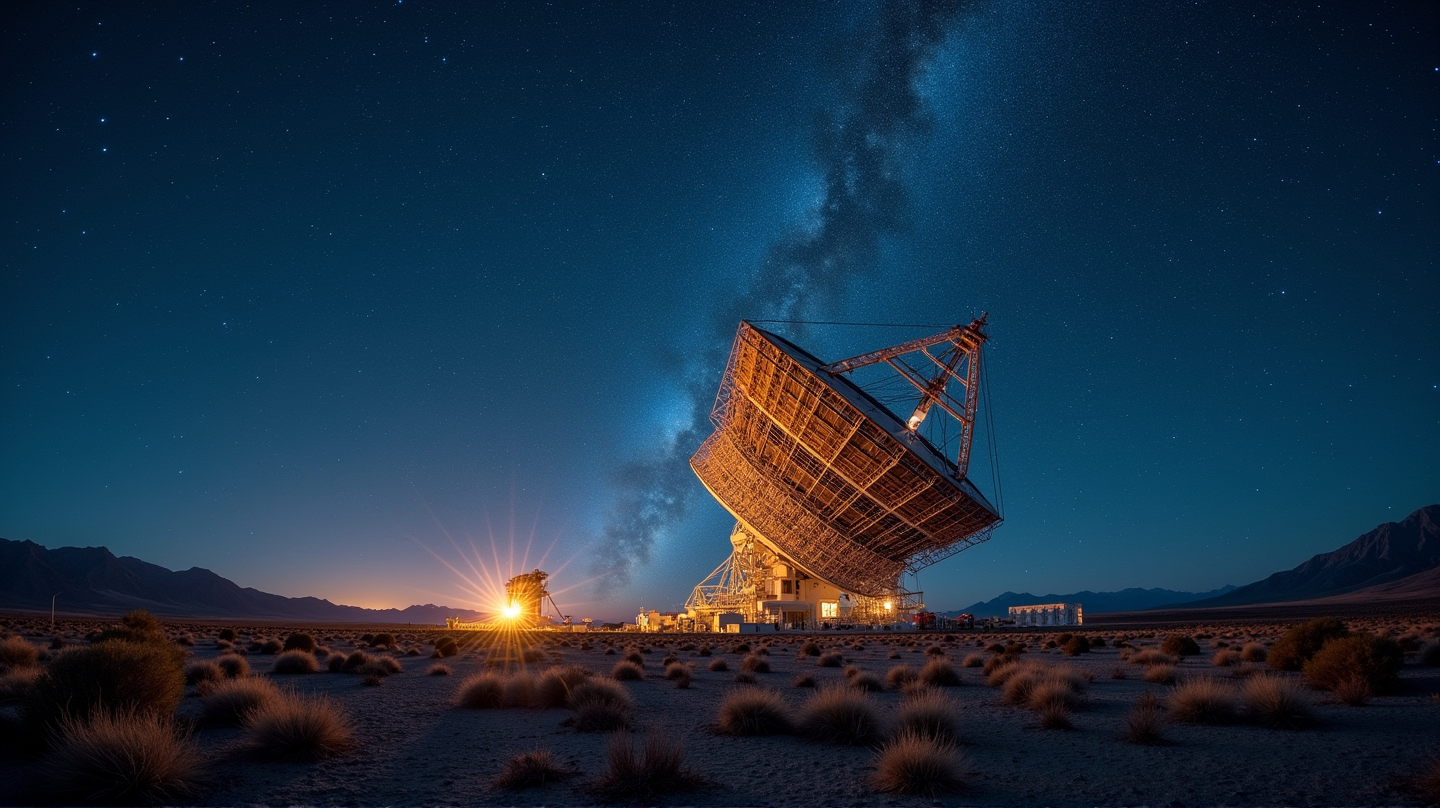Giant Magellan Telescope: A Window to the Far Corners of the Universe
Discover the upcoming Giant Magellan Telescope, set to change our view of the universe from the Chilean Andes. Construction is ongoing!

The Giant Magellan Telescope (GMT), a marvel in astronomical engineering, is set to open new celestial frontiers. Equipped with seven mirrors, each 8.4 meters across, it promises to surpass the collective prowess of the Hubble and James Webb telescopes. This technological giant will offer resolving power ten times greater than Hubble and four times higher than Webb, enabling groundbreaking exploration of distant exoplanets and cosmic origins.
Choosing the Perfect Site: The Atacama Desert
The summit of Las Campanas in Chile’s Atacama Desert, where the telescope is under construction, is an astronomer’s dream. Known as one of the driest places on Earth with over 300 clear nights per year, its altitude of 2,514 meters offers an exceptional vantage point for the GMT. This location allows direct observation of galactic wonders such as our galaxy’s center, Sagittarius A*, and the Magellanic Clouds.
Unparalleled Telescope Technology
When completed, the GMT will be one of the world’s most powerful optical telescopes. Its seven primary mirrors coalesce to simulate an enormous 24.5-meter-wide glass. The adaptive optics, including secondary mirrors, counteract atmospheric distortions, ensuring pristine image clarity.
Instruments of Discovery
Among the cutting-edge instruments aboard will be the Large Earth Finder, central to detecting Earth-sized exoplanets and searching for life-supporting biosignatures. Another key instrument, the Multi-Object Spectrograph, will facilitate an expansive sky survey, observing multiple deep-space targets simultaneously.
Engineering Brilliance: The GMT Dome
The dome housing the GMT, reminiscent of a 22-story building, is an engineering wonder in itself. Sliding open to reveal the sky, the dome ensures seamless 360-degree observations. Construction began in 2004, initiated by six U.S. research institutions, with the seventh mirror completed in 2023. With 15 institutions now collaborating, the telescope’s completion is targeted for 2030.
As stated in Yourweather.co.uk, the vast capabilities of the GMT promise to unveil the universe’s secrets from the Chilean Andes, setting a new precedent in astronomical observations.

